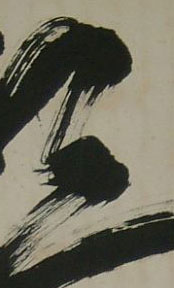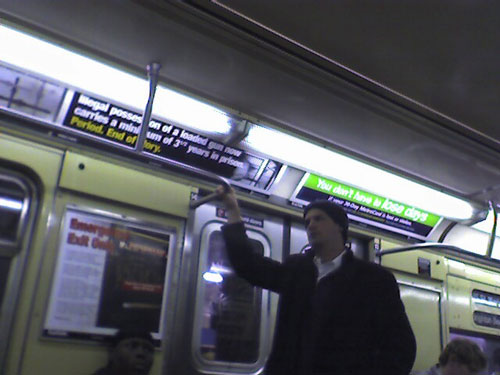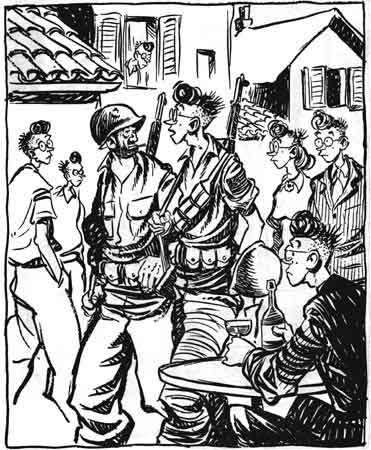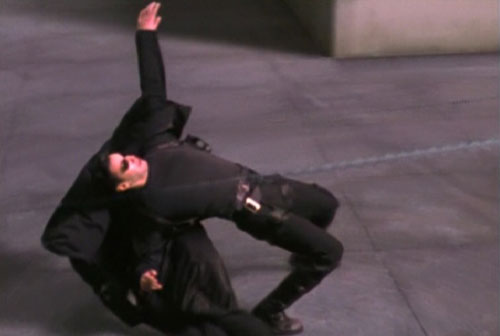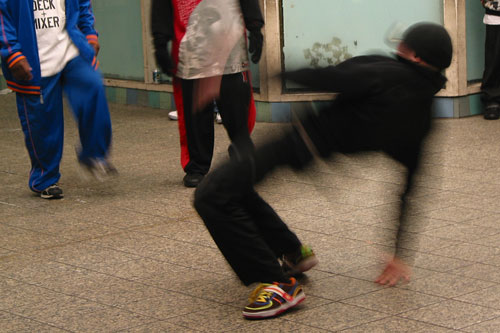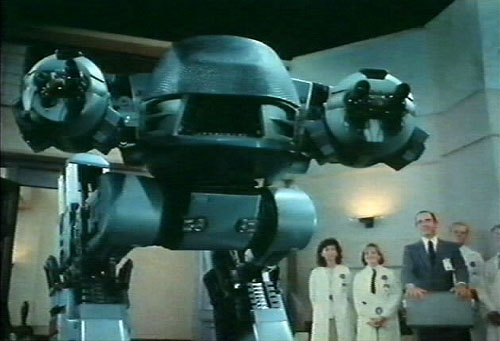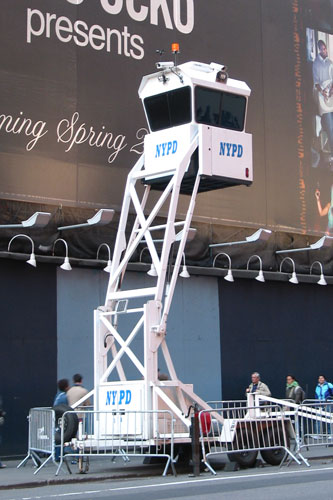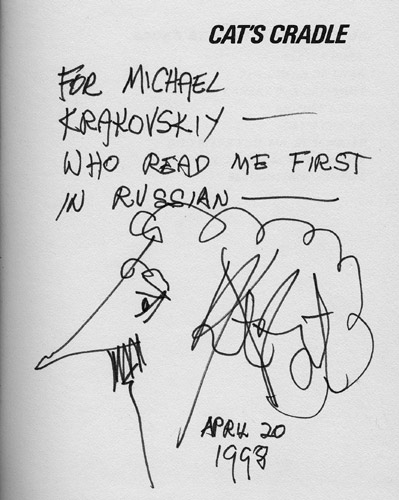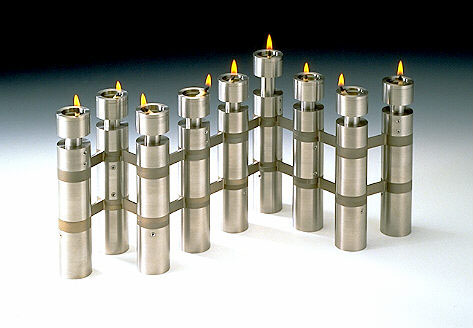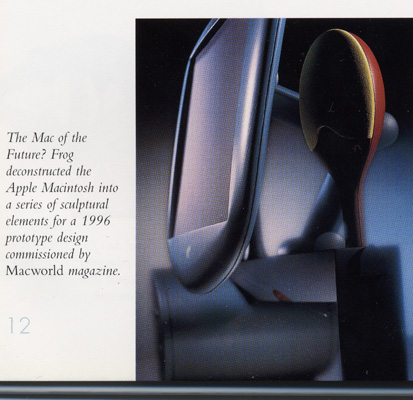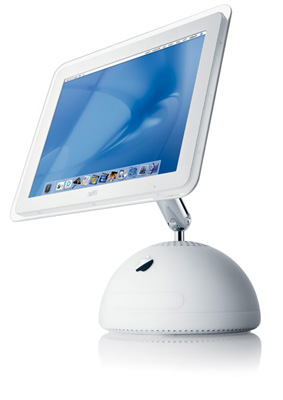The walls in my apartment are mostly bare. The only hanging pictures I have right now are posters from the Transit Museum store. These are pretty cool, but having the same art in my home and my train is a little depressing.
I was browsing through eBay, looking for — what else — Japanese prints to replace the posters. Since I was little, I wanted to own a real Japanese woodblock print. Not a reproduction. A real print.
When I was working as a porter in a Manhattan building, I once had to help an old lady move a piece of furniture. On her walls hung several small woodblock prints, which to me, looked exactly like the Utamaro reproductions that I’ve seen in a book. They definitely looked old. I asked the old lady about them, and she mentiontioned that she bought them many years ago in an auction for next to nothing.
Now I understand that I overestimated the value of the prints. Ukiyo-e prints were made by tens of thousands even during the lifetime of the authors, not counting the contemporary bootleg copies. The publishers retained the woodblocks and made even more prints later. They still continue to do so today.
It’s true that the museum-quality prints of famous printmakers can cost into hundreds of thousands. But luckily for people like me, collectors of Japanese prints are very similar to the stamp and coin collectors: they put a lot of premium on the condition of the print and its rarity, leaving a wide spectrum of less than perfect, but much more affordable material, which is still impressive as hell. For instance, my research shows that an early edition of a print by a household-name artist like Hokusai or Hiroshige in an average condition can cost as little as a cheap digital SLR camera. With the worsening of the condition the pricing moves into digital point-and-shoot camera price range. But unlike the camera, a real Hiroshige is not likely to diminish in value or become obsolete. Later editions and reprints can be had for the price of a restaurant lunch.
I need to do a lot more research before I’ll buy some prints, probably from an offline dealer, but meanwhile I came upon something interesting on eBay. A hanging calligraphy scroll, the type for hanging in a tokonoma, caught my eye. It had a single kanji, Yume. Yume literally means “dream.” The kanji representing it looked like a person leaping in dance to me. I did not win a bid on it, and went looking for another one like that. To my surprise, the second calligrapher’s “dream” looked like a spooky bird. I did not win that auction either, but I wonder what a whole collection of these would look like on a wall…
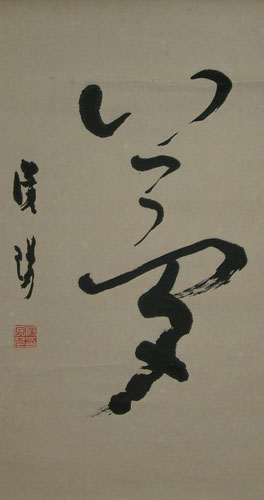
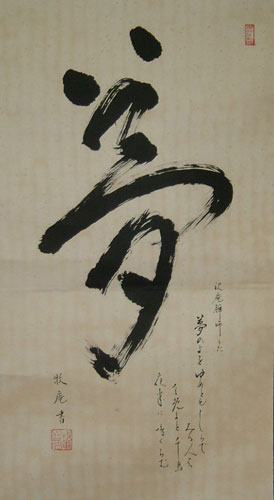
I particularly like the brush streaks.
